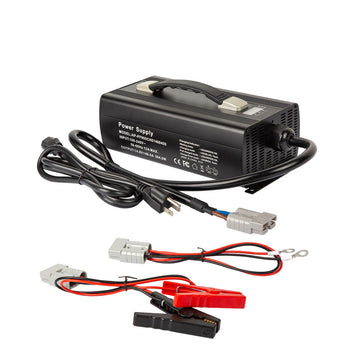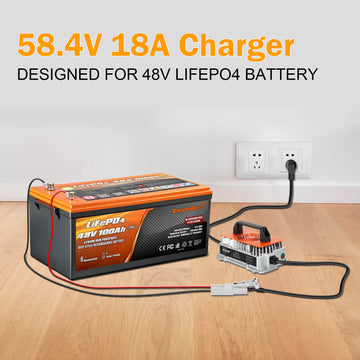How Are LiFePO4 Batteries Made?
How Are LiFePO4 Batteries Made?

The transformation of renewable energy involves harnessing the epic forces of nature. Sleek solar panels forged from silver and silicon dioxide from the depths of the Earth convert the dazzling hot light energy of the sun into electrical energy. Each blade has a wind turbine the size of a 12-story building, embellishing the skyline of the fields blown by the wind and providing power for the entire city.
What is one of the most valuable tools that makes all of this possible? What secret weapon is the key driver of this dramatic energy transformation?
The Lithium-iron Phosphate Battery
Batteries help store excess energy. When the power grid has all the required energy at a specific time, but the weather is clear or windy, and solar and wind systems are still generating electricity, batteries help store excess electricity. Then, when the sun sets and the wind stops, the battery can release the excess energy stored and continue to meet the electricity demand. Although most of the current energy storage in the US power grid is in the form of pumped storage systems, batteries are an increasingly large part of the energy storage pie.
The most common type of battery used in Grid energy storage systems is the lithium-iron-phosphate battery. Lithium-iron phosphate batteries found their initial Niche market in notebook computers and mobile phones. They are light in weight and can be recharged thousands of times without losing much capacity. This makes them perfect candidates for electric vehicles, which dominate the lithium-ion battery industry today. At present, the capacity of lithium-ion batteries in global electric vehicles is about 35 times that of Grid energy storage (700 GWh, 20 GWh). Therefore, considering the larger economies of scale in the electric vehicle industry, most lithium-ion batteries used for energy storage today are manufactured using the same supply chain and processes as electric vehicles.
Today, most large lithium-iron phosphate (LiFePO4) batteries in the world are used in electric vehicles, but more and more batteries are used in the battery storage system of the power grid.
What are the components of a lithium-ion battery?
Lithium-iron phosphate (LiFePO4) batteries consist of five components: an anode, a cathode, a separator between the anode and cathode, an electrolyte solution for transporting lithium irons, and current collectors made of copper and aluminum for connecting the battery to wires.
What are the components of a lithium-iron phosphate (LiFePO4) battery?
Lithium iron phosphate (LiFePO4) batteries consist of five parts: anode, cathode, the separator between the anode and cathode, the electrolyte solution for transporting lithium ions, the current collector made of copper, and the aluminum for connecting the battery to wires.
Anodes are usually made of graphite. Mix the graphite until it is completely uniform, and then coat it on the aluminum foil. When manufacturing cathode, the two most common chemicals are those containing cobalt (nickel magnesium cobalt or nickel cobalt aluminum), or those containing Lithium iron phosphate instead of cobalt. For any type, mix the metal mixture until uniform and coat it on the copper foil. Then, use a roller to compress the coated foil and cut it into strips.

Assembling the components
In a typical LiFePO4 battery, the anode and cathode are mixed separately with a binder to form a slurry, which is then coated on the current collector. After drying, the anode and cathode sheets were stacked with a polymer separator placed between them. To make a pouch cell, and stack the layers alternately to form a rectangle. To form a cylindrical battery, the stacked battery pack is wrapped. The cathode is welded to the positive current collector at one end, while the anode is welded to the negative current collector at the other. The system is then placed in a battery case and electrolyte is added.
Testing and Activation
The Critical quality activation and test steps of charging and discharging assembled batteries account for about one-third of the manufacturing process time.
To calibrate the battery to the accurate current and voltage needed, the battery cells are charged and discharged using precisely adjusted battery capacity. At the same time, lithium irons are added to the anode. (The cathode already includes lithium in the first step of building the anode; the extra lithium irons added to the cathode are to obtain additional stability).
Finally, the battery cells will go through an aging process that is similar for both EVs and power grid storage batteries. Monitoring the voltage of the battery for a typical duration of several weeks to ensure stability and test for any faults or degradation over time. Once the battery meets the code, it can be connected to the power grid to supply our future renewable energy!
Battery energy storage is powerful and growing
Battery energy storage helps to store clean energy for the power grid. In addition, another small-scale advantage of batteries is their use in the mini-grid, which can help individuals and communities to maintain their lights on for several more hours when the grid is temporarily offline due to power outages or natural disasters.
Batteries can also be used to help meet peak electricity demand; Currently, during periods of high demand, fossil fuel-driven peaker plants are typically used to supply energy rather than batteries. Although these factories are rarely used, they are inefficient, polluting heavily, and leading to carbon emissions in the United States. Replacing peat plants with battery storage systems will be a major victory for Climate of the United States's climate action and public health. In an exciting latest example in August 2022, Tesla Powerwall batteries gathered power in thousands of households in California and supported the grid during periods of high demand.
This industry is developing. From 2020 to 2021, the installation volume of large-scale battery storage systems in the United States has tripled, from 1.4 gigawatts to 4.6 gigawatts. We estimate that the United States will add over 63 gigawatts of batteries by 2026. The increase in the deployment of energy storage systems will drive research on battery technologies specifically designed for grid storage, including new lithium-ion batteries and alternatives.
Conclusion
In summary, although wind energy storage technology is making progress, we cannot deny the importance of lithium-ion batteries in the hybrid solar wind energy storage market
Last but not least, high performance is another prominent advantage. The high energy density of lithium-iron-phosphate (LiFePO4) batteries allows wind and solar complementing systems to run regularly while consuming electricity. It is necessary to maintain a stable power supply when wind speeds are unstable, especially when wind resources are scarce or unavailable.

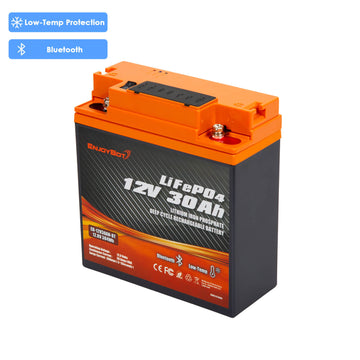




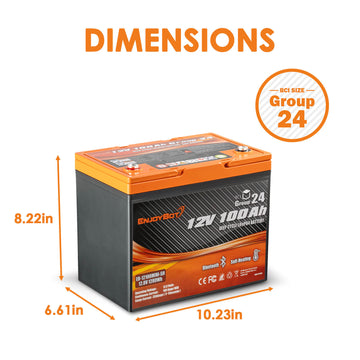



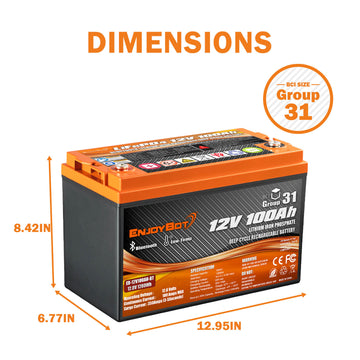





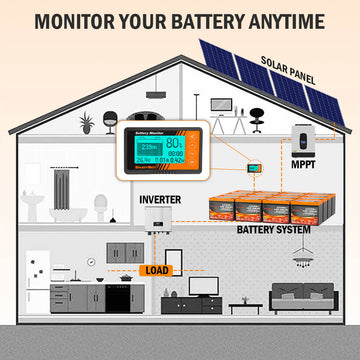
![[Upgraded Version] Enjoybot 14.6V 20A Waterproof Mountable LiFePO4 Lithium Battery Charger For 12V LiFePO4 Battery](http://enjoybotbattery.myshopify.com/cdn/shop/files/14.6V_20A_Waterproof_Battery_Charger_1_360x.jpg?v=1752565609)
![[Upgraded Version] Enjoybot 14.6V 20A Waterproof Mountable LiFePO4 Lithium Battery Charger For 12V LiFePO4 Battery](http://enjoybotbattery.myshopify.com/cdn/shop/files/14.6V_20A_Waterproof_Battery_Charger_2_360x.jpg?v=1752637374)
